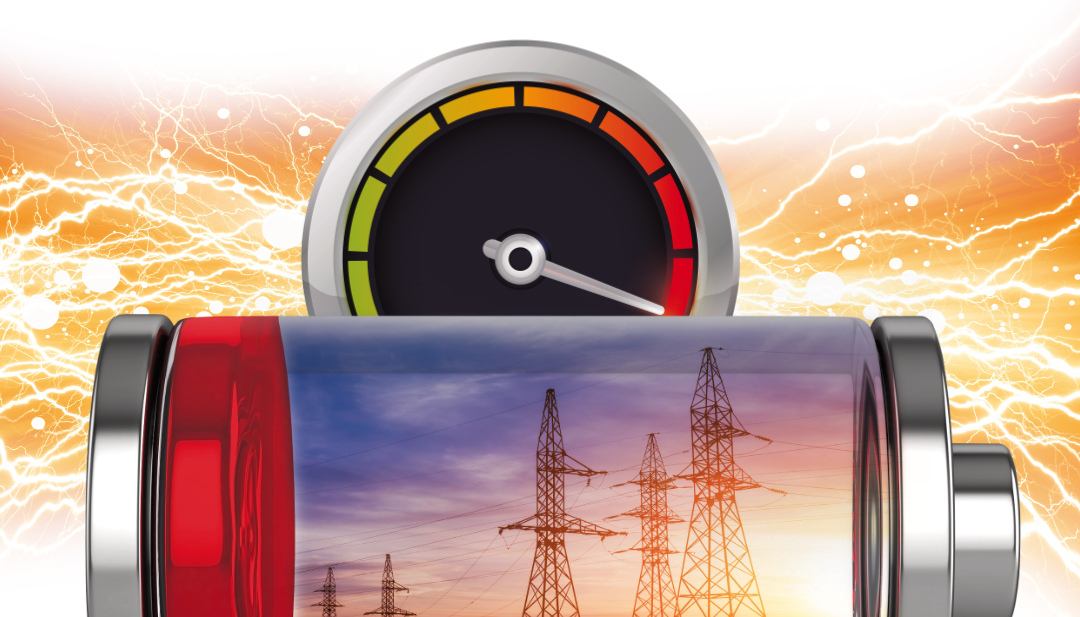All
ISO NE – Not Ready for Prime Time?

Two recent reports raise serious questions about the regional electric infrastructure’s ability to scale production and transmission of renewable energy to meet clean energy targets. These reports came directly from “the inside.” One was written by Independent System Operator of New England (ISO-NE) itself, and the other by Advanced Energy United, an organization of electric utilities with the mission to “achieve 100% clean energy in America.”
ISO-NE’s 2050 Transmission Study was developed under the New England States Committee on Electricity’s (NESCOE) mandate to determine regional transmissions needs to serve load while satisfying North American Electric Reliability Corp. (NERC) and ISO reliability criteria, and to develop roadmaps for transmission upgrades necessary to satisfy those needs.
The second is Generator Interconnection Scorecard from Advanced Energy United, which endeavored to evaluate the generator interconnection of the seven regional transmission system operators: Independent System Operator of New England (ISO-NE), Midcontinent Independent System Operator (MISO), New York Independent System Operator (NYISO), PJM Interconnection (PJM), and Southwest Power Pool (SPP). This process included interviewing interconnection customers who were familiar with several regional operators about their experiences navigating the various processes and analyzing their results, resulting in a letter grade for each region. While these two reports look at different aspects of the grid, they both reveal serious flaws in any plan to reach full electrification by 2050.
ISO-NE 2050 Transmission Study
ISO-NE set out to assess energy and production needs, pathways and estimated costs for peak winter electric loads in 2050. A 2050 New England grid with 100% heating and transportation electrification is expected to result in an approximate 57 gigawatts (GW) peak load. However, ISO-NE investigated options for two load levels, the anticipated 57 GW and a reduced demand at 51 GW.
The current system can handle a maximum of approximately 28 GW, and so upgrades will be needed to avoid overloading transmission lines and transformers. Increased demand from space heating in buildings and residences and electric vehicle charging, combined with offshore wind facilities and other remote renewable power, will put greater stress on the system, requiring additional transformers and generators.
Costs to implement the required transmission system upgrades increase significantly from the reduced demand level of 51 GW and full load of 57 GW. These figures are calculated at costs of approximately $0.75 billion per gigawatt of load to increase from the current 28 GW to 51 GW. But, to reach 57 GW from 51 GW, the cost jumps to $1.5 billion per GW of load added. In total, ISO-NE estimated a cost of up to $1 billion per year between 2024 and 2050, or as much as $26 billion, to reach the 57 GW level. The lower load is a relative bargain at “just” $17 billion, or $0.65 billion a year.
In order to reduce peak winter load to the 51 GW level, ISO-NE offered a radical recommendation: using traditional fuels for heating and power generation.
“Limiting load growth to no more than a 51 GW peak load level could be achieved in several different ways. A 2050 New England grid with 100% heating and transportation electrification is expected to result in a ~57 GW peak load. However, a 51 GW peak could be achieved under a scenario in which New England retains some stored fuels like natural gas, oil, propane, hydrogen, etc. for heating and transportation. Since loads above 51 GW would only occur during extremely cold winter days, peak load could be limited to 51 GW in a scenario in which the grid is 100% electrified for most of the year, with only the coldest days using some stored fuels for heating. If the full 6 GW of load reduction came out of heating, this could still represent approximately 80 percent heating electrification while still maintaining 100 percent transportation electrification.”
Alternatively, they recommend a “more aggressive demand response,” wherein consumers are compensated for reducing their consumption and using smart thermostats to reduce temperatures during winter peak time. Unfortunately, they continue, multiple assessments from multiple resources have “shown a potential overall energy deficit in the winter months whether these strategies are deployed or not. Since shifting MWs to other hours of the day would still lead to an overall energy shortfall, the total MWhs consumed in the winter months may still need to be reduced. Reducing load by shifting energy from peak hours to off-peak hours on the same day would help address transmission costs but would not address energy adequacy concerns over longer periods of days or weeks.”
The ISO-NE report concludes:
“As the clean energy transition accelerates, power flows across New England’s transmission system will eclipse all previous highs. The “best case” 51 GW winter peak load snapshot analyzed in this study is more than double the highest winter peak ever recorded in New England, January 2004’s 23GW level, and the “worst case” 57 GW winter peak load snapshot is almost 150% higher. Assuming increased build-outs of renewables continue, and electrification of heating and transportation proceeds as expected, the region’s aging transmission system has the potential to become a significant bottleneck to progress if it does not keep pace with changes to other elements of the power system.”
Advanced Energy United Generator Interconnection Customer Survey and Performance Scorecard
Grid reliability depends on connections between electric networks. A grid interconnection joins networks of local grids together at a synchronized frequency, enabling grids with surplus power to transfer energy to those with higher demand than they can produce. These interconnections can increase the stability of the energy supply and create the means to transition to cleaner, renewable energy sources. The Texas debacle several years ago was caused, in a large part, from the lack of interconnections between ERCOT and the other energy regions.
Any interconnection project must meet the requirements of that regional grid. This includes an intensive process that can take up to four years to complete. The steps of the interconnection review process are meant to assess potential impacts of the new generation and costs to the generator to upgrade grid infrastructure to mitigate those impacts.
There are more than one million megawatts of generator and storage projects currently seeking to connect to the transmission grid across the country. The Advanced Energy United Scorecard evaluated the outcomes and processes across the seven regional grid operators.
While ERCOT and CAISO were each scored a B, ISO-NE received a D+, and MISO and NYISO were a small step higher, with each earning a C-. In its devastating conclusion, Advanced Energy United (AEU) reports that “the generator interconnection process is not working effectively and efficiently to allow new generation and storage resources access to the transmission network.”
AEU notes the growing demand from electrification of the building and transportation sectors, state policies, climate trends affecting renewable energy, and weather-sensitive end uses of electricity such as building heating and cooling. These demands have led to developers requesting generator interconnection and being entered into the queues. However, “as is widely recognized, and the Scorecard confirms, the progress towards completing these interconnections is slow and puts system reliability at risk.”
While in some areas within the ISO-NE region the interconnection process can be completed in two years, in Maine and southeast Massachusetts it can take much longer. New England’s D+ grade was also earned because of its relatively low interconnection volume. “Projects of its system are highly constrained (including Maine and in southeast Massachusetts), making it likely that projects will trigger significant system upgrade costs. Those upgrades, as well as planned transmission expansions, are difficult to build, making it difficult to bring projects online. Another criticism is the unique requirement for a high-cost model with the initial application.”
MISO received high marks for its commitment to transmission expansion, but the customers interviewed consider the process unreliable and slow with unpredictable cost outcomes. NYISO’s C- referenced high recognition for the design of its process “with mostly reasonable study assumptions and criteria,” but these positive attributes were dragged down by the fact that long timelines and unpredictable costs coming late in the process have resulted in the process producing no compelling results. Further, NYISO offers limited interconnection alternatives than in other regions.
Transmission limitations with as much as $26 billion in cost requirements to meet future demands. Necessary interconnections held up by unpredictable processes and extended development times. ISO–NE recommending that fossil fuels continue to be utilized to reduce peak winter demand. Complete renewable electrification by 2050? The future doesn’t look all that bright.
Related Posts
 From Retailer to Representative: Chris Keyser’s Road to the Vermont State House
From Retailer to Representative: Chris Keyser’s Road to the Vermont State House
Posted on June 16, 2025
 Northeast Working Group for Industry Principles Gets to Work
Northeast Working Group for Industry Principles Gets to Work
Posted on May 8, 2025
 Trump Policies and Energy Markets
Trump Policies and Energy Markets
Posted on April 28, 2025
 NEFI Introduces the National Home Comfort PAC
NEFI Introduces the National Home Comfort PAC
Posted on April 28, 2025
Enter your email to receive important news and article updates.
